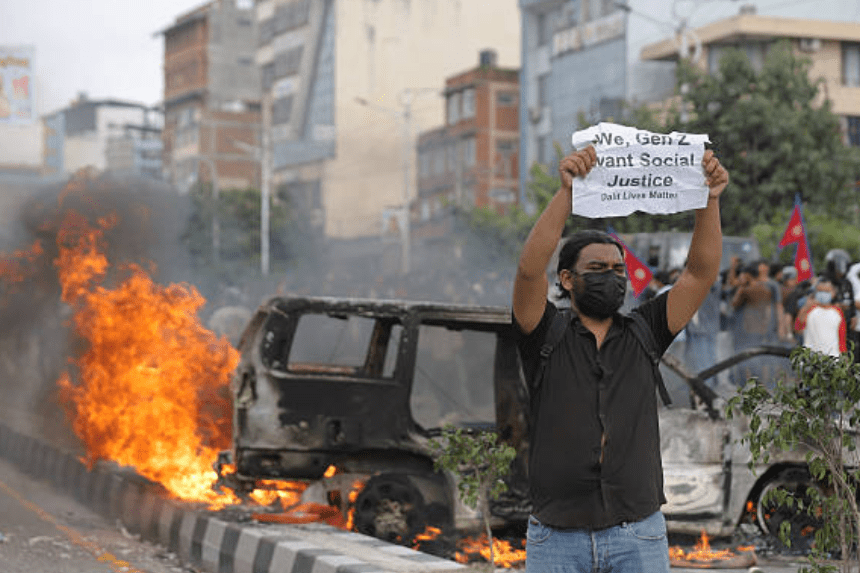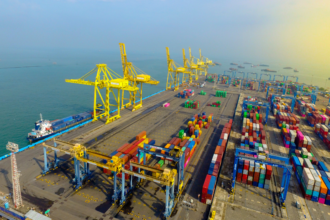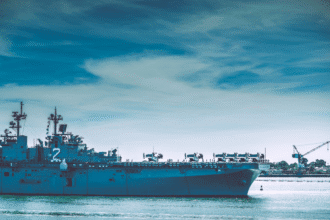As Nepal deals with its worst wave of unrest in decades, the army has sent troops to the streets of Kathmandu. Military vehicles roar by the burned-out automobiles and buses at important junctions, where armed guards are stationed. The capital, which is usually very busy, is strangely silent right now. Most of the people who live there are inside because of stringent curfews.
- What caused the demonstrations in Nepal?
- How did protests that were supposed to be peaceful turn violent?
- Who is being blamed for taking over the movement?
- How many people have died because of the unrest?
- What made Prime Minister Oli step down?
- What do the demonstrators want?
- What does the crisis signify for the future of Nepal?
The protests in Nepal started out as peaceful rallies against corruption, but they have already turned into a full-blown crisis. The scent of smoke from government buildings set on fire by furious protesters is still in the air. Broken glass and scattered debris tell the story of a city that has witnessed a lot of violence in just a few days. Charred cars obstruct roads.
The army has said that anyone who is discovered being violent or vandalizing will face “strict punishment.” Authorities said that by Wednesday morning, 27 persons had been arrested and 31 guns had been found. But even with arrests and curfews, the resentment that started the movement is still not being dealt with.
What caused the demonstrations in Nepal?
The reason was that the government decided to block 26 social media sites, such as WhatsApp, Instagram, and Facebook. Young people, who were already taking part in internet campaigns against corruption and nepotism, saw the move as an attempt to muzzle dissent.
Before the ban, a “nepo kid” campaign had gotten a lot of attention on social media. It showed how rich the kids of politicians are by uploading pictures of their fancy cars, expensive trips overseas, and prestigious schools abroad. The articles were very different from the problems that most Nepalis confront every day, such as unemployment and poverty.
The government removed the restriction only one day later, but it was too late. The protests in Nepal had grown into a movement much bigger than just freedom of speech on social media; they had turned into a revolt against a powerful political class.
How did protests that were supposed to be peaceful turn violent?
Tens of thousands of people filled the streets on Monday with signs, slogans, and chanting. Most of them were young, and a lot of them were still in school or college. But as the numbers grew, fights with the police turned deadly. That day, at least 19 demonstrators died and hundreds more were hurt.
Those deaths became a rallying cry. Kathmandu was in a state of anarchy by Tuesday. Protesters broke windows, spray-painted anti-corruption slogans, and set fire to the chamber when they invaded parliament. The edifice was burned to the ground, and lawmakers ran for their lives. Read another article on the Turkey protests 2025
In other parts of the city, protesters set fire to the Nepali Congress Party’s headquarters and damaged the residence of its leader, Sher Bahadur Deuba, who used to be prime minister. There was also a break-in at the Singha Durbar complex, which is home to several important ministries.
The violence didn’t just happen in the capital. Protesters and police fought in towns all around Nepal. Even schools, banks, and government buildings were devastated.
Who is being blamed for taking over the movement?
Generation Z, the group that organized the protests, says that their activities were meant to be nonviolent. They made it plain in a statement that “Tuesday’s protest, organized by Nepal’s Generation Z, had a clear goal: to demand accountability, transparency, and an end to corruption.” Our movement was and still is based on the idea of peaceful civic engagement.
But they also said that “opportunist infiltrators” had used the situation to stir up violence. Now, volunteer organizations from the movement are patrolling the streets to stop damage and keep property safe.
The military has said the same thing, accusing “anarchist groups” for taking over the protests.
A military spokeswoman added, “Our main job right now is to control people who are taking advantage of the situation to steal, set fires, and cause other problems.”
How many people have died because of the unrest?
More than 20 people have now died. The turmoil has had effects that were not foreseen beyond the initial fights.
During the turmoil, thousands of convicts broke out of jails and prisons in and around Kathmandu. There were both serious criminals and small criminals among them. In one very sad event, security authorities shot at young people who were trying to escape from a juvenile jail institution in Banke, western Nepal, killing five of them.
Hospitals are full of injured demonstrators, police officers, and those who were just there. The health system is having a hard time dealing with this because it is already short on money. People all around the country are mourning, and funerals for the dead are providing another place for people to show their displeasure at the government.
What made Prime Minister Oli step down?
On Tuesday afternoon, Prime Minister KP Sharma Oli stepped down, saying that he could no longer rule the country because of the upheaval. He added in his letter, “Because of the bad situation in the country, I have resigned effective today to help solve the problem and to help solve it politically in accordance with the constitution.”
Many people thought that Oli had to resign. People were already angry with his government for what they thought was corruption and bad management. Trying to restrict social media sites simply made people trust the government less. But his leaving has left a gap in power. Nepal is in a bad place right now since there is no apparent successor.
What do the demonstrators want?
Even if there has been violence, Generation Z leaders are trying to get people to focus on their main demands again. They are writing up a new list of recommendations and have said they are willing to talk about peace with the military.
They have a clear vision: “Looking ahead, we believe that the leaders of Nepal must not be tied to any one political party, must be completely independent, and must be chosen based on their skills, honesty, and qualifications. We want a government that is open and stable and works for the people, not for crooked people or political elites. Our goal is still the same: a good government with honest, qualified leaders.
The demonstrators have stopped their protests for now and are requesting security forces to enforce curfews if needed. But even during this break, the protests in Nepal have made it clear that young Nepalis want change and won’t wait any longer.
What does the crisis signify for the future of Nepal?
The unrest shows how unhappy people are with Nepal’s weak democracy. Since the monarchy ended in 2008, the country has had a number of governments, each of which has been accused of corruption, ineptitude, and fighting within the party. People are tired of politicians who seem more concerned in fighting for power than helping the public.
The upheaval is happening at a bad time for the economy. Nepal’s economy depends a lot on money sent home by migrant workers, and its industries are still not very developed. The protests will make the economy even weaker by destroying infrastructure.
Politically, Oli’s resignation has left a perilous void. If action isn’t taken quickly, the situation could get worse, which would give extreme groups more room to take advantage of it.
But there is also hope. The protests in Nepal have revealed how strong a new generation of activists is. They are tech-savvy and socially aware, and they want a cleaner, more accountable government. The big question is whether the political establishment will listen.








